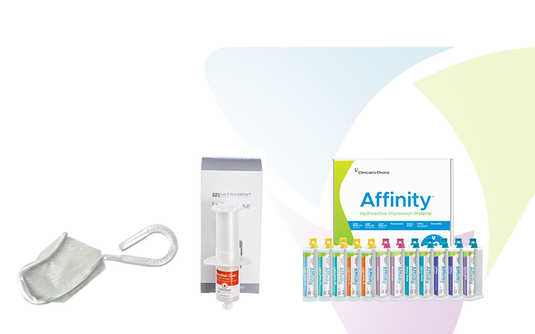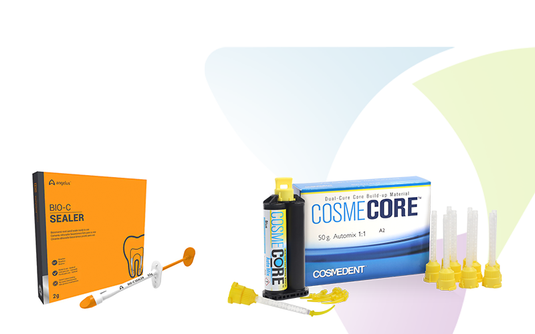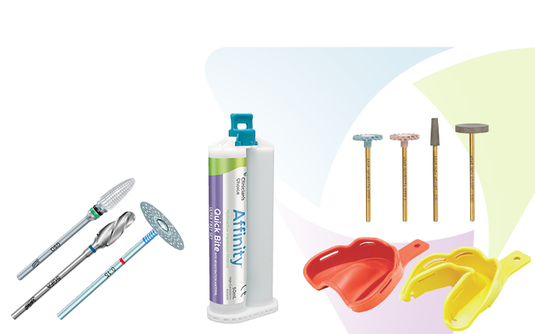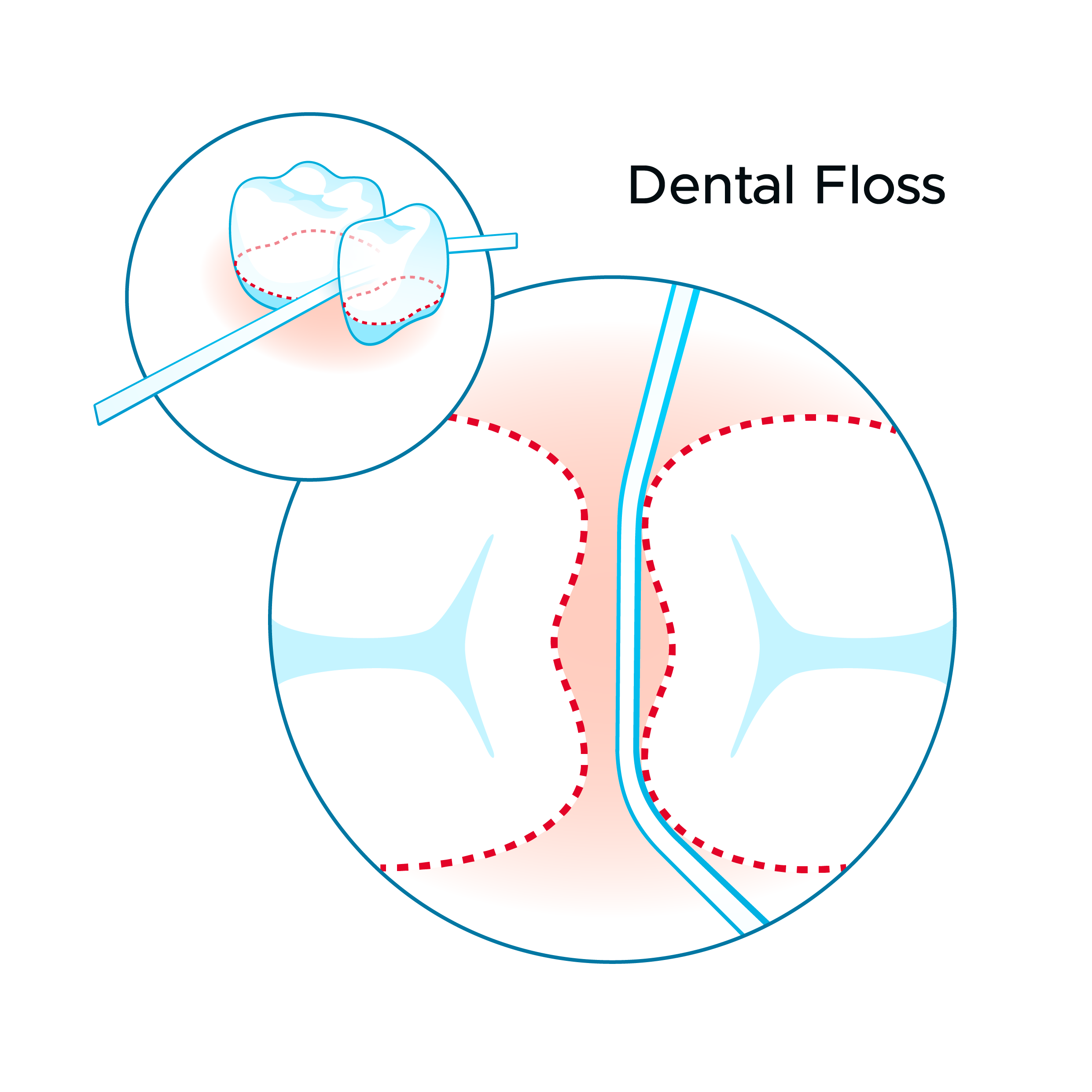

Interdental Cleaning on a Scientific Foundation
Consequences of Oral Disease
There is growing scientific support for a link between periodontal disease and several general diseases, such as cardiovascular disease, diabetes, and obesity. Research has also shown a significant association between periodontal disease and oral health-related quality of life. The disease may contribute to anxiety, low self-esteem, and feelings of shame and vulnerability. Therefore, oral diseases are no longer seen as problems affecting just the mouth but rather diseases with consequences for overall health.
The Importance of Oral Hygiene
The build-up of plaque around the teeth is the most important risk factor for the development of periodontitis. High-quality oral hygiene is therefore of utmost importance – to prevent the disease from developing, as a part of the treatment process, and to prevent the disease from coming back causing further bone loss.
Studies show that a manual toothbrush alone reduces, on average, plaque scores by 42% and does not reach the interdental surfaces.
Consequently, an additional tool for interdental cleaning, such as floss, toothpicks or interdental brushes, is needed. The recommendation must always be individually tailored, based on clinical experience and scientific knowledge.
Scientific Support for Interdental Brushes
Several studies have compared interdental brushes and other interdental cleaning devices, especially floss, with respect to their influence on plaque and gingivitis. Patient preference is also a factor that has been evaluated. The research in favour of interdental brushes is convincing.
Already in 1970, interdental brushes, toothpicks, and dental floss were compared with respect to plaque reduction in wide-open interdental spaces. The interdental brush was reported to be the preferable device for plaque removal. Since then, a high number of scientific articles have been published investigating the efficiency of interdental brushes and other interdental cleaning devices, such as floss and toothpicks. The conclusion is that interdental brushes, when compared with other manual cleaning devices, have the highest efficacy regarding plaque removal and periodontal parameters.
Tailored Advice for Patient Compliance
Interdental brushes and dental floss have also been compared from a patient preference perspective, again with results in favour of the interdental brush. Studies have shown that most patients preferred the interdental brush over floss, that they felt the interdental brush to be both more efficient and easier to use, and that they were more willing to use the interdental brush.
However, it must be stressed that all recommendations concerning interdental cleaning devices need to be tailored. The sizes and shapes of the interdental spaces must be considered. Floss can be an alternative only when sites are too narrow for the interdental brush and show gingival and periodontal health. An individual who has been recommended to use interdental brushes must also be instructed regarding the appropriate size or sizes, and also on a proper technique.
All these factors may contribute to enhancing the individual’s oral selfcare compliance, which is vital in preventing oral disease.
Conclusion
Current research emphasizes the importance of good oral hygiene in maintaining oral health and preventing oral disease. In order to achieve optimal plaque control, toothbrushing must be complemented by interdental cleaning. The interdental brush is the preferred device for most of the adult population globally. However, evaluating individual needs and conditions and weighing them together with scientific support must be the basis for instructions and recommendations. This is how
to create the best possible foundation for patient compliance and longlasting oral health.
About the Author

Sanjay Haryana, DDS, MSc, EMBA
Dr Sanjay Haryana received his DDS in 2002 from Malmö University, Faculty of Dentistry. He worked privately in Malmö, Sweden in a general practice with a special focus on implants, where he together with the Maxillo-Facial surgeon placed and restored implants. In 2005 he moved to London, UK, where he lived for 13 years. He mainly worked for a private independent group practice in the city of London, where he also was the clinical director. During his time in London, he completed a MSc in Aesthetic and Restorative Dentistry at University of Manchester and an MBA from Surrey University. Returning to Sweden, he joined the Nordic subsidiary of TePe Oral Hygiene Products. Dr Haryana is now responsible for the internal and external education program at TePe Nordic and for quality control within the Nordic subsidiary. Dr Haryana lectures nationally and internationally with topics connected to oral hygiene, sales psychology and sustainability.
Discover More
This article was originally published in the Clinical Life™ magazine: Spring 2024 edition
Clinical Life™ magazine is a premier periodical publication by Clinical Research Dental Supplies & Services Inc. Discover compelling clinical cases from Canadian and US dental professionals, cutting-edge techniques, product insights, and continuing education events.














